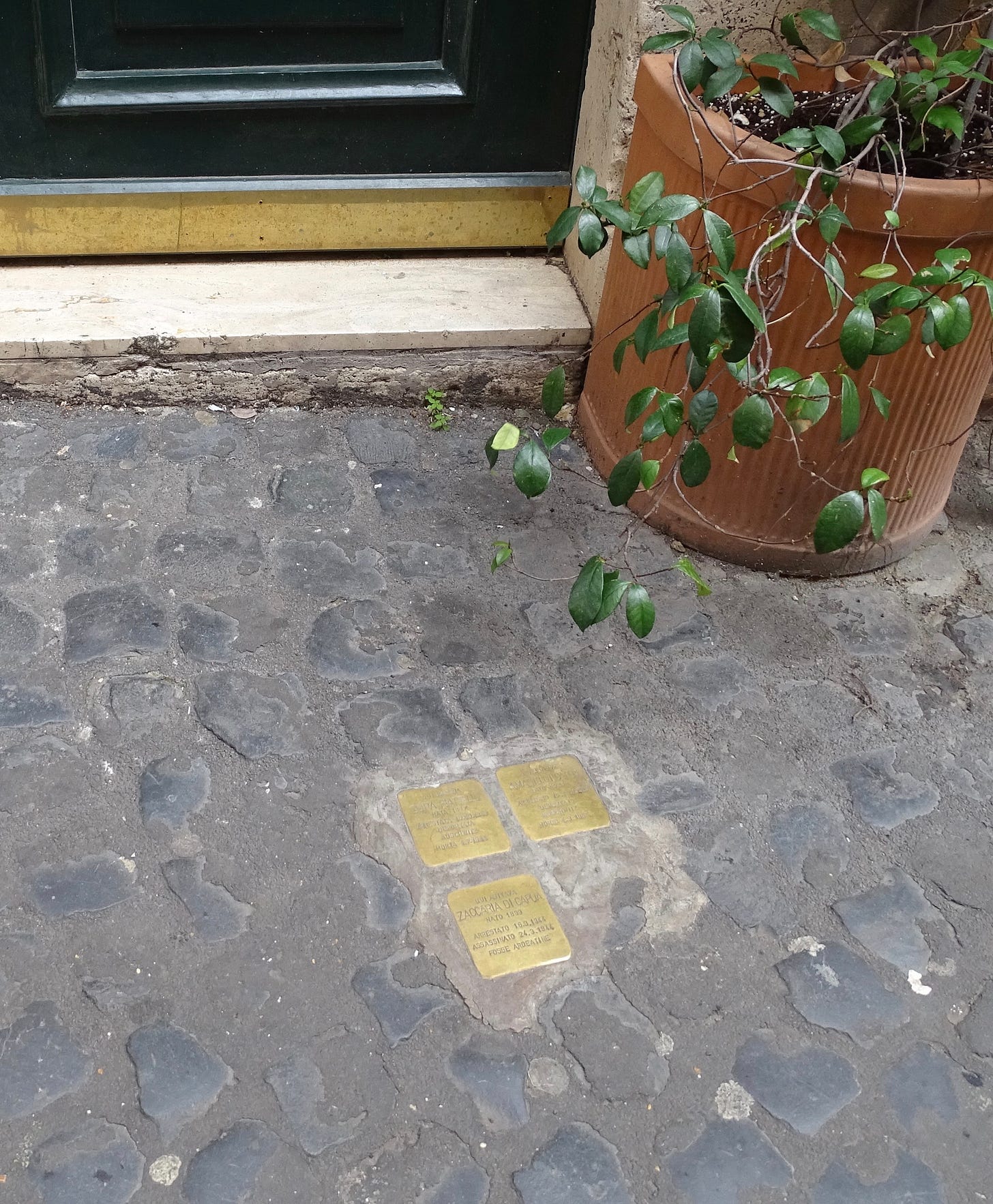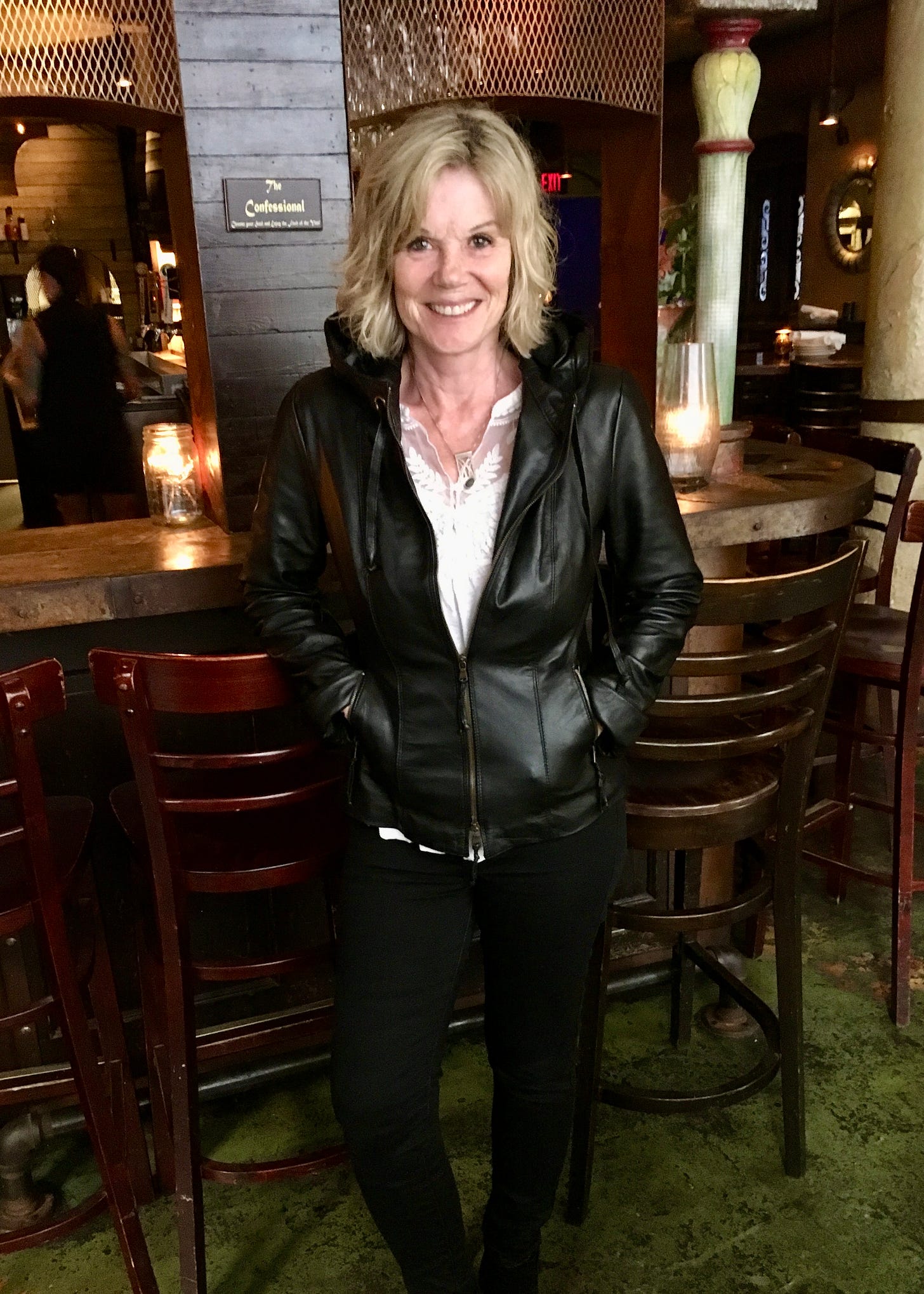When I started working as a PBS station wrangler after leaving the documentary workshop back in 2000, there were only a handful of people who did this kind of consulting. These days there are likely dozens. And so, you might wonder, how do I convince a filmmaker I am the right person to represent their film?
Whenever possible, I try to find a personal connection or way into their documentary. But sometimes it just boils down to what Bob Dylan might call a simple twist of fate. Like when a non-religious half-Dane and an American Jewish documentary filmmaker realize they were both inside the very same Catholic church in Rome, within weeks of one another. Given there are around 900 churches in Rome, what were the chances of that happening?
Two months into the pandemic, in May 2020, I was contacted by author and filmmaker Steven Pressman (50 Children: The Rescue Mission of Mr & Mrs Kraus) to discuss representing his latest documentary, Holy Silence to PBS stations nationally. He’d heard about me from our mutual friends, filmmaker Abby Ginzberg, with whom I’d worked on her films And Then They Came for Us and Waging Change, and editor Ken Schneider, with whom I’d first connected a decade earlier with his wife, Marcia, while representing their 2009 ITVS film, Speaking in Tongues.
Steve’s film was an emotionally charged examination of the thinking and actions of key individuals who’d played a crucial role in shaping the Vatican’s controversial response to the rising Nazi threat across Europe in the lead-up to World War II. They included a leading American industrialist dispatched on a mission by President Franklin Roosevelt, along with high-ranking officials within the Vatican determined to carry out their own agenda, Pope Pius XI and Pope Pius XII, as well as a humble Jesuit priest from New England.
Holy Silence was strategically going to being released by PBS Plus in conjunction with the opening of the long-secret Vatican archives from that period and had already been screened at the US Holocaust Memorial Museum.
Emotionally charged? Controversial? Secret archives? I was instantly interested.
The Vatican and Mussolini worked out a treaty in 1929 that established the Holy See as a sovereign city-state. As the Nazi Party’s anti-Semitic rhetoric spread across Europe, what did the Catholic Church, one of the world’s most influential institutions, do to confront the persecution of Jews? Did Pope Pius XII warn the Jews, especially those in Rome, of deportation after the Nazis took control of Italy? Did he order churches and other Catholic institutions to provide shelter to those persecuted? Or did he keep quiet, hoping the Germans would not bomb Rome and the Vatican with its many invaluable art treasures and religious significance to millions of Catholics throughout the world.
As I screened Holy Silence, I liked that it refrained from drawing hard conclusions about Pius XII’s actions during his papacy, leaving viewers to decide for themselves. It’s intelligent, compelling, thought-provoking, well researched and beautifully produced. For once, I had no suggestions. I just wanted to work with this film – and with Steve.
Serendipitously, I’d just spent a week in Rome the previous year researching tracing and tracking down my grandmother’s footsteps there for a book I was writing about her, Lions, Peacocks & Lemon Trees. While there, I stayed at the Donna Camilla Savelli hotel, a former convent in the Trastevere neighborhood.
In my walks around the city, I wandered, quite by chance, into the historic Jewish Quarter and noticed a scattering of little brass cobblestones on the sidewalk outside certain doorways.
These Stolpersteine or “stumbling stones” – in Italian, Pietri d'inciampo – are the vision of Gunter Demning, a German artist, whose mission has been to draw attention to the fate of each individual stolen away from their everyday lives, right where it happened.
Each little brass square began with the words, Hier Wohnte – in Italian, Qui Abitava – meaning “here lived," followed by the name of the individual who had been seized from his or her home, the date of birth, the date of arrest and deportation – as well as that individual’s date of death, if known.
In a nod to the desecration of Jewish cemeteries by the Nazis who repurposed grave markers as sidewalk paving stones, the Stolpersteine are embedded into the pavement and are now considered the world’s largest decentralized memorial.
Demning laid his first stone in 1992. There are more than 200 little stumbling stones in Rome and more than 100,000 worldwide – each one a quiet memorial to someone who was stolen from their life over that very doorstep and never seen again. Having noticed and felt the power of them set the stage for working with a film on the Holocaust.
Not long after leaving the documentary workshop, I’d read two books about the Resistance to the Nazis during WWII, one about resistance efforts in rural France and another, Darkness over Denmark, which told the story of how the people in Denmark helped Jews escape the Nazis and the Holocaust.
Being half Danish, I was proud of this. I reached out to the book’s agent to see about optioning the rights to make a documentary from the book about France thinking, in a moment of grand delusion, I actually had the skills to do that. Fortunately, they’d already been optioned so I was saved not only the expense but also the potential professional embarrassment.
When Steve and I jumped on our first phone call, I revealed my Danish roots to him.
“As you know, the Danes helped the Jews during WII,” I told him, hoping to impress him that I was a genetically empathetic person to represent his film.
“Oh, I know,” he said. “In fact, there as a wonderful bit about that in the film festival version of the film. Unfortunately, it got cut when we edited the film down to the one-hour length for PBS.”
“The part about the Danes was cut?!” I yelped.
“Sorry, it happens,” he replied, good naturedly. “But if you’d like to see it, I’ll send you a link to the full-length version.”
I watched it as soon as I got it. The longer version of the film included several minutes of what was happening to the Jews in Rome after the Nazis occupied the city in 1943. Susan Zuccotti, one of the historians who appears in the film, contrasts the silence of Pius XII to the situation in Denmark, where the local citizenry went out of their way to protect Jews.
Interested in what else might have been cut out, I let the film continue to run after the segment about the Danes. The action moved back to Rome and an interview with a nun. It took me a moment, but then I reached for the controller to pause it. Unbelievably, I recognized the chapel behind the nun. With more than 900 churches in Rome, what were the chances?
I phoned Steve back.
“Your interview with the nun…” I started to say.
“Mother Superior,” he corrected me.
“Whatever,” I said, impatient to ask him about the church. “I recognize that chapel. It’s the ‘Sisters of the Seven Sorrows,’ isn’t it?
“It is!” he said, sounding genuinely surprised. “How did you know that?”
“I slept there when I was in Rome last year!” I told him. “The convent attached to that chapel is now a hotel. There was a bigger-than-life statue of Jesus pointing to the chapel as I walked into the hotel, as if he wanted to be sure I saw it. And one of the bellboys there showed me the subterranean grotto where the nuns hid Jews.”
I think we were equally speechless. How strange, I thought. Were my own actions now triggering the films that came to me?
Steve and I exchanged photographs from the chapel, the convent, and its subterranean grotto. He responded right away with how amazed he was by the small-world coincidence.
And yes, I got the film.
Holy Silence premiered in conjunction with the PBS release of a 3-part series, The Rise of the Nazis in November that year. The title was perfect, and the pairing worked well. Since its launch, Holy Silence has aired close to four thousand times on PBS stations throughout the country.
As long as I had now been working with films, it was inevitable there would be moments of foreshadowing for what might soon cross my path in terms of projects.
Still, it caught me by surprise when this happened in – of all places – a convent in Rome.
[photo (by me) taken at the Donna Camilla Savelli Hotel, Rome, Italy 2019]
Kristin Fellows is a published writer, world traveler, and a well-seasoned documentary film consultant. When not writing, Kristin can often be found listening to someone’s story or behind the lens of one of her cameras.
More about Kristin @ kristinfellowswriter.com








Oh, what wonderful things you have seen and done. Wonderful, yet again wonderful. I
am so glad I met you and cherish the remembrance of som photos you took in my house and the
one of my backside on the street. Thanks for it all